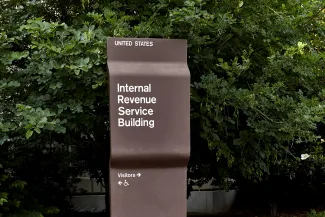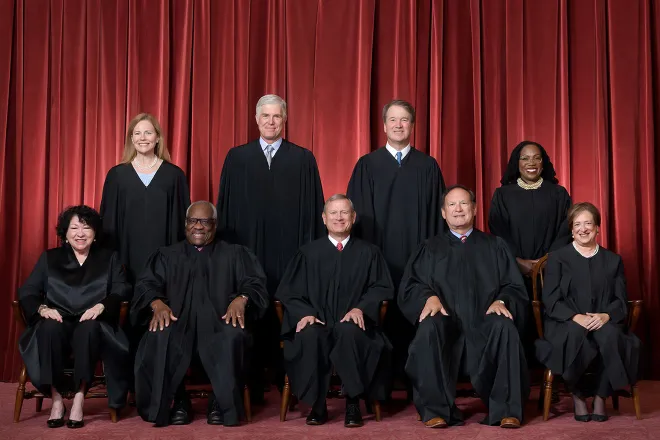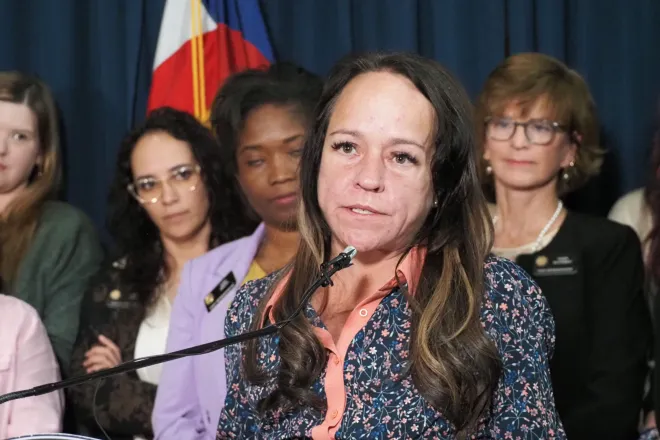
IRS reminds retirement account holders to make withdrawals as rules change
© iStock
(The Center Square) – If you’re old enough to remember Elvis Presley’s early years or the end of the Korean War, the IRS is reminding you to make mandatory withdrawals from your retirement accounts.
People born before 1951 must take required minimum distributions from money held in individual retirement accounts (IRAs) and other retirement plans, according to IRS requirements. A new law that took effect in 2023 – the SECURE Act 2.0 – also makes other changes regarding mandatory withdrawals. The law also substantially reduced the excise tax on funds when withdrawals weren’t made according to requirements.

Millions of Americans had withdrawals made before taxes were taken out of their paychecks and invested in retirement accounts. As millions of those working taxpayers plan for retirement or retire, federal law requires mandatory withdrawals from the accounts beginning at a specific age.
For individuals born before 1951, required minimum distributions from retirement plans are required this year and – in most circumstances – already started. However, new in 2023 is a change in the age where account owners must start taking minimum distributions.
The age for required withdrawals increased from 72 to 73, so individuals born in 1951 must take their first required minimum distribution by April 1, 2025, for 2024.
For younger retirement account holders, in 2033 the SECURE Act 2.0 raises the age for required minimum distributions to 75.
Account holders can wait to make their first required minimum distribution on April 1 of the year after they reach 72. However, the second withdrawal must be completed before December 31 of that year to meet the IRS distribution requirement.

Previously, failing to withdraw or taking less than a minimum required distribution could have resulted in a 50 percent excise tax on the amount not distributed. However, the SECURE 2.0 Act reduced the excise tax to 25 percent of the amount not withdrawn for 2023 and later years. The penalty is 10 percent when failure to take a required amount from an IRA is corrected by a withdrawal and a corrected tax return is filed in a timely manner.
Beginning in 2024, holders of designated Roth accounts won’t be required to follow rules requiring minimum distributions while the account owner is still alive. However, if the account owner dies, the named beneficiaries of the Roth IRA must follow IRS rules regarding required minimum distributions.
Beginning in 2025, the IRS will allow individuals ages 60 to 63 to make catch-up contributions up to $10,000 to a workplace plan. Currently, those age 50 and older can only make up to $7,500 in catch-up contributions.
















